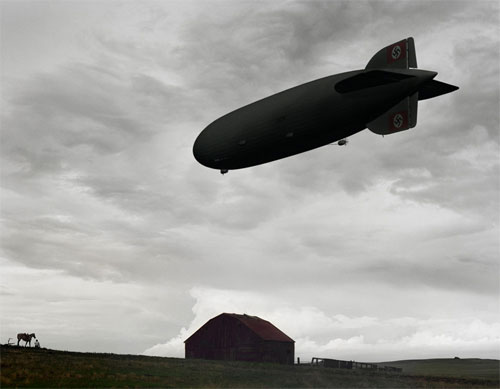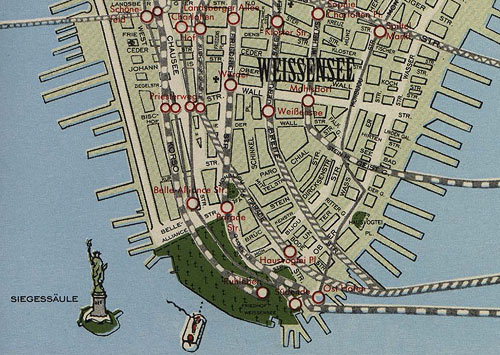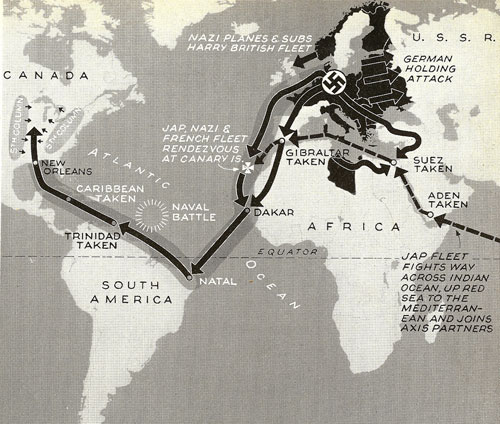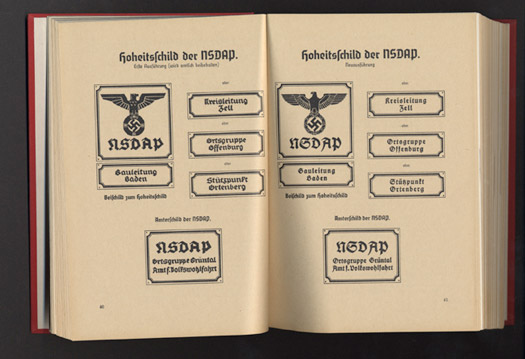Per Betteridge’s law of headlines, the answer to this is “no”, but it’s still an interesting yarn.
Among the many enduring mysteries of this period is the fate of the world’s most famous painting. It seems that Leonardo da Vinci’s Mona Lisa was among the paintings found in the Altaussee salt mine in the Austrian alps, which was converted by the Nazis into their secret stolen-art warehouse.
The painting only “seems” to have been found there because contradictory information has come down through history, and the Mona Lisa is not mentioned in any wartime document, Nazi or allied, as having been in the mine. Whether it may have been at Altaussee was a question only raised when scholars examined the postwar Special Operations Executive report on the activities of Austrian double agents working for the allies to secure the mine. This report states that the team “saved such priceless objects as the Louvre’s Mona Lisa”. A second document, from an Austrian museum near Altaussee dated 12 December 1945, states that “the Mona Lisa from Paris” was among “80 wagons of art and cultural objects from across Europe” taken into the mine.
The Mona Lisa was actually stolen in 1911, in one of the cleverest art heists ever pulled.
Matthew Porter’s photo composite Empire on the Platte is arresting.

Pairs nicely with Melissa Gould’s Neu-York, “an obsessively detailed alternate-history map, imagining how Manhattan might have looked had the Nazis conquered it in World War II”.

In 1942, Life magazine speculated about what an Axis invasion of North America might look like.

Steven Heller had heard rumors of a Nazi graphics standards manual for years and finally tracked one down.

Published in 1936, The Organizationsbuch der NSDAP (with subsequent annual editions), detailed all aspects of party bureaucracy, typeset tightly in German Blackletter. What interested me, however, were the over 70 full-page, full-color plates (on heavy paper) that provide examples of virtually every Nazi flag, insignia, patterns for official Nazi Party office signs, special armbands for the Reichsparteitag (Reichs Party Day), and Honor Badges. The book “over-explains the obvious” and leaves no Nazi Party organization question, regardless of how minute, unanswered.
More photos and a copy for sale here.
A photo album created by an SS officer stationed at Auschwitz has been donated to the United States Holocaust Memorial Museum. The unique album shows the life and activities of officers at the camp. Compare the SS officer photographs with photographs from an album showing prisoners arriving at the camp. (via nytimes)
Gunter Grass: How I Spent the War, a first-person account of an SS recruit during WWII.
Update: Here’s some biographical information about Grass, who is a Nobel Prize-winning novelist. (thx, red)
A new book, Heil Hitler, The Pig is Dead, deals with humor during Hitler’s reign in Germany. “From an early stage, Germans were well aware of their government’s brutality. And the country wasn’t possessed by ‘evil spirits’ nor was it hypnotised by the Nazis’ brilliant propaganda, he says. Hypnotized people don’t crack jokes.”









Stay Connected